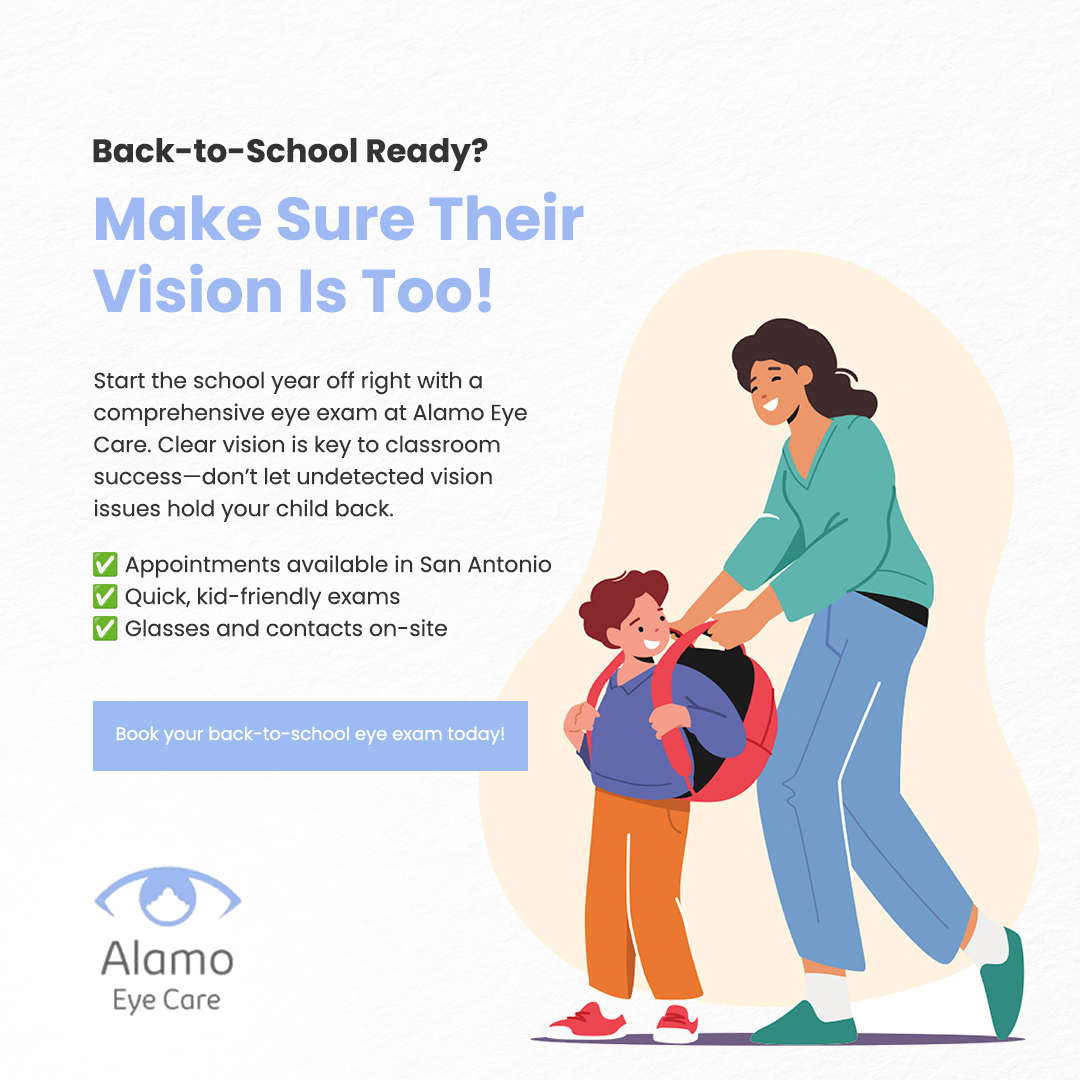
Keratoconus is an eye condition that affects the shape of your cornea, the clear front surface of your eye. Normally, corneas are round and dome-shaped. However, in people with keratoconus, the cornea progressively thins, leading to a cone-like bulge. This distortion results in visual distortion, such as blurriness and sensitivity to light and glare.
The exact cause of keratoconus is still unknown. However, it is believed to be a combination of genetic, environmental, and hormonal factors. Some studies suggest an imbalance of enzymes in the cornea can cause it to weaken and bulge out. It's also more common in people with certain allergies, asthma, or those who excessively rub their eyes.
Symptoms of keratoconus can vary greatly between individuals and often depend on the stage of the disease. Initially, people may experience a slight blurring and distortion of vision, increased sensitivity to light and glare, and frequent changes in eyeglass prescription. As the condition progresses, the cornea may become scarred, causing further vision impairment.
What are Scleral Contact Lenses?
One of the latest advancements in keratoconus treatment is the use of scleral lenses. Unlike regular contact lenses, scleral lenses are large-diameter lenses that vault over the entire corneal surface and rest on the white part of the eye, known as the sclera. This design allows them to replace the irregular cornea with a perfectly smooth optical surface, improving vision.
Scleral lenses are made from a highly oxygen-permeable material, ensuring your eyes get the necessary oxygen supply. They also create a reservoir of fluid that provides constant hydration to the cornea, providing added comfort for dry eyes, a common complaint among keratoconus patients.
How Scleral Lenses Work for Keratoconus
Scleral lenses work for keratoconus by providing a smooth optical surface that corrects the irregularities of the cornea. When you look through a scleral lens, your vision is based on the shape of the lens, not the shape of your cornea. This is why they can correct vision distortions that glasses and regular contact lenses can't.
Fitting scleral lenses is a specialized process that requires advanced training and expertise. Your eye care professional will take detailed measurements of your cornea using a high-resolution imaging device. These measurements are then used to design lenses that perfectly fit your eyes.
Once the lenses are ready, your eye care professional will instruct you on how to insert, remove, and care for them. While there may be a learning curve initially, most patients find scleral lenses to be more comfortable and easier to handle than other types of contact lenses.
The Benefits of Scleral Lenses for Treating Keratoconus
The benefits of scleral lenses for treating keratoconus are manifold. First and foremost, they provide superior vision correction. Because they vault over the irregular cornea, they can correct vision distortions that glasses and regular contact lenses can't. This is especially beneficial for those with moderate to severe keratoconus.
Scleral lenses also offer enhanced comfort. Their unique design minimizes lens movement and reduces the chance of them dislodging from the eye, a common issue with RGP lenses. Moreover, the fluid reservoir they create not only hydrates the cornea but also protects it from the environment and the mechanical action of blinking.
Finally, scleral lenses may slow down the progression of keratoconus. By providing a barrier between the eyelid and the cornea, they reduce the mechanical rubbing and trauma that can contribute to the progression of the disease.
Is Scleral Lens Treatment Right for You?
Scleral lenses are a promising treatment option for keratoconus, offering superior vision correction, enhanced comfort, and potential slow-down of the disease progression. However, they may not be suitable for everyone.
If you have keratoconus and are struggling with vision issues despite using glasses or regular contact lenses, it may be worth considering scleral lenses. It's important to consult with an eye care professional who is experienced in fitting scleral lenses. They can assess your condition, explain the pros and cons of scleral lenses, and help you decide whether this treatment is right for you.
Remember that while scleral lenses can significantly improve your vision and quality of life, they are not a cure for keratoconus. Regular follow-ups with your eye doctor are essential to monitor the progression of the disease and adjust your treatment as needed.
To learn more on treating keratoconus with scleral contact lenses, visit Alamo Eye Care at our San Antonio or Austin, Texas, office. We are dedicated to providing personalized care to our optometry patients. Please call or text (210) 403-9050 to schedule an appointment today.








